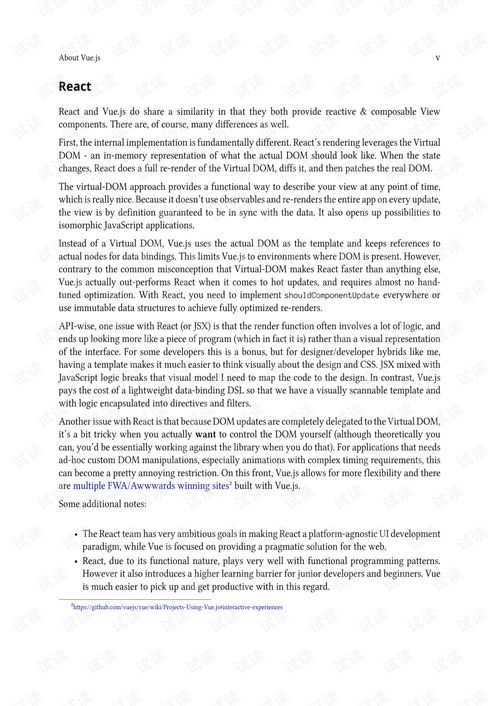In the world of angling, the art of tying a double hook is a skill that can significantly enhance your fishing experience. Whether you're a seasoned angler or a beginner looking to improve your technique, understanding how to properly bind a double hook can make all the difference. This article will delve into the intricacies of this technique, providing you with step-by-step instructions and expert tips to help you master the art of tying double hooks.
Understanding the Importance of Double Hooks
Double hooks are a versatile tool in a fisherman's arsenal. They are commonly used for a variety of fishing methods, from bottom fishing to bait fishing. The primary advantage of using double hooks is that they increase the chances of catching fish, as they allow you to present multiple baits at once. This can be particularly effective when targeting species that are fussy eaters or when fishing in murky waters where visibility is low.
Materials Needed
Before you begin, gather the following materials:
- Two identical hooks
- A length of monofilament line, fluorocarbon line, or braided line
- A pair of fishing pliers or needle-nose pliers
- Optional: A hook keeper or a piece of rubber band to secure the hooks
Step-by-Step Guide to Tying a Double Hook
Step 1: Prepare the Line
Start by cutting a length of line that is approximately 18 to 24 inches long. This length should be long enough to allow for the double hook to be tied securely without being too cumbersome to handle.
Step 2: Thread the Line Through the First Hook
Take one end of the line and thread it through the eye of the first hook. Make sure the line is pulled tight to prevent it from slipping out later.
Step 3: Loop the Line
Loop the end of the line around the shank of the hook, making a half hitch. This will serve as the foundation for the double hook.
Step 4: Thread the Second Hook
Take the other end of the line and thread it through the eye of the second hook. Pull the line tight to ensure it is securely in place.
Step 5: Form the Loop
Now, take the end of the line that is still attached to the first hook and loop it back through the half hitch you created in step 3. This will form a loop at the top of the double hook setup.
Step 6: Secure the Loop
Pull the loop tight, creating a knot at the top. Ensure that the loops of both hooks are close together and that the line is tight around the shank of the hooks.

Step 7: Trim the Excess Line
Using your fishing pliers, trim the excess line close to the knot, leaving a small tag end. This tag end can be tucked back into the knot for a cleaner finish.
Step 8: Optional: Secure the Hooks
If you want to prevent the hooks from moving around, you can use a hook keeper or a piece of rubber band to hold them in place. Simply loop the keeper or band around the shank of the hooks, ensuring they are close together.
Tips for Perfecting the Double Hook Technique
- Practice Makes Perfect: Like any skill, tying a double hook takes practice. Spend some time perfecting your technique before heading out on the water.
- Line Quality: Use a quality line that is appropriate for the species you are targeting and the conditions you will be fishing in.
- Hook Size: Choose the right size hooks for your bait and the fish you are targeting. Larger hooks are better for bigger fish, while smaller hooks are ideal for more delicate baits.
- Bait Selection: When using double hooks, it's important to select baits that complement each other. For example, a piece of worm on one hook and a piece of corn on the other can be an effective combination.
- Adjustment: After tying the double hook, take a moment to adjust the position of the hooks. Make sure they are even and that the bait is presented in an attractive manner to the fish.
Conclusion
Tying a double hook is a fundamental skill that can elevate your fishing game. By following these step-by-step instructions and incorporating the expert tips provided, you'll be well on your way to mastering this essential technique. Whether you're targeting largemouth bass, catfish, or any other species, the double hook can be a game-changer. So, get out there, practice your new skills, and enjoy the thrill of the catch!












